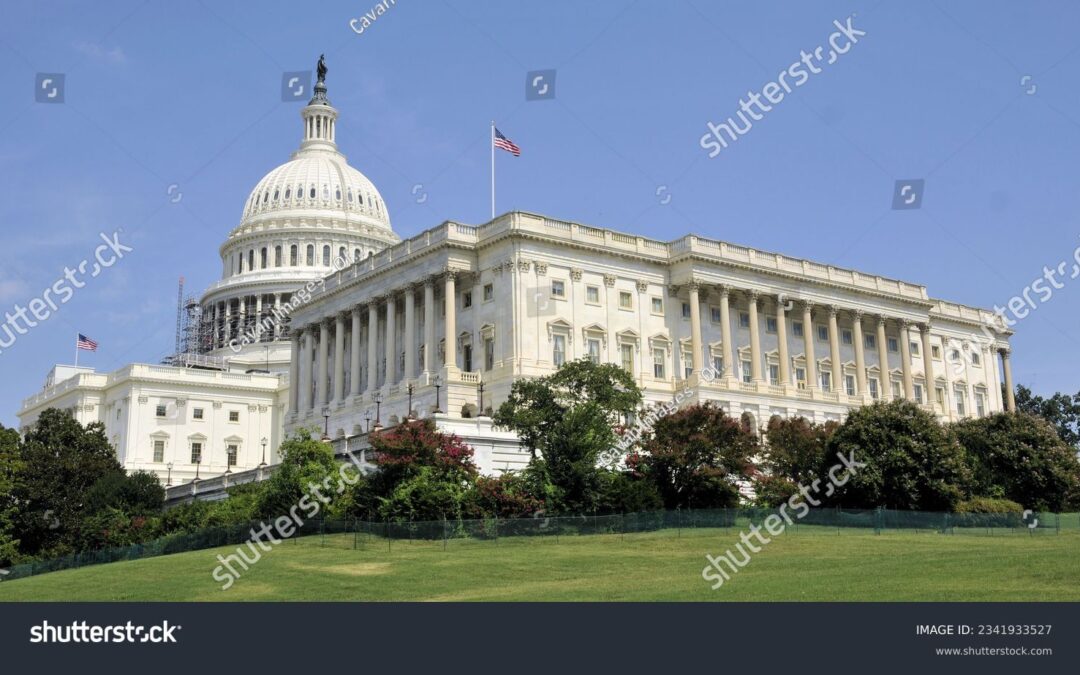The reconciliation bill Congressional Republicans are currently drafting could be more than just a fulfillment of President Trump’s promises to extend tax cuts and cut spending. Congress also has the opportunity to unleash a new era of American innovation by scaling back the administrative state and invigorating free markets. That prospect is abundant in wireless spectrum.
Wireless spectrum is the hugely important resource behind modern technologies from Wi-Fi routers and cell phones to satellites and military radars. American businesses, both big and small, are chomping at the bit for access to more frequency bands to fuel the next wave of wireless innovation. As more companies have access to spectrum, a wider variety of business models and product offerings become available in the market. Such abundance fuels competition delivering game-changing benefits for American consumers.
But the pathway to abundance often is interrupted by the bureaucratic attitude of limitations. To that point, while the Federal Communications Commission technically awards spectrum licenses through auctions, the real process of picking winners and losers happens long before the bidding starts, when the Commission makes decisions as to how the bands may be used.
On one hand, when the FCC opts for high-power licenses covering huge land areas, then only a few big cell phone companies will likely show up to bid. Meanwhile, the Defense Department’s radar and radio systems using those bands will have to clear out, at some expense to taxpayers.
On the other hand, if federal agencies opt for a shared approach with lower power levels covering smaller footprints, a larger set of companies will be able to bid. The Pentagon would be spared the challenge of relocating its systems.
The FCC took the second, “shared spectrum,” approach in a 2020 auction, with great success. More than 200 companies won licenses. While traditional wireless companies, such as Verizon, were the biggest winners, small businesses and rural providers together made up more than half of all winning bidders. These smaller companies are leveraging this shared spectrum to serve rural communities – from the Midwest to Arizona to Texas – where the national cellular companies haven’t yet built out their 5G networks.
The merits of exclusive versus shared licensing have often been debated. But the real problem is letting agency bureaucrats make such an economically consequential decisions based on their own preferences. This is a role best left to the marketplace, not to a handful of administrative state employees. Congress should act.
Instead of allowing the FCC to put its thumb on the scale, Congress can require the agency to let the market pick the winner. As Stanford economist Michael Ostrovsky has proposed, the FCC could run two auctions simultaneously—one for shared-use licenses, and one for exclusive use—which would let big and small companies alike bid for whichever framework works for their business models. After alternating rounds of bids fully exhaust demand, this dual-track auction would award licenses to whichever of track generates the most net revenue for taxpayers.
This approach wouldn’t require a heavy federal lift. The FCC has plenty of experience running both shared- and exclusive-license auctions; merging them into an alternating-round, dual-track process should be straightforward. Before bidding starts, the National Telecommunications and Information Administration would have to provide estimates of the cost of moving existing users (like the military) out of the band, so companies bedding for exclusive use would know the cost threshold they’d have to clear.
With some common-sense safeguards to prevent any company from gaming the system, dual-track auctions would be a smart, market-driven answer for awarding spectrum to whichever companies are most likely to put this valuable resource to its best economic use. This is the free market in action.
Republicans in Congress shouldn’t ignore this issue. The mechanics of spectrum auctions may not generate front-page headlines, but this kind of innovative thinking has the potential to generate huge dividends for American taxpayers and consumers. More competition, more choices, and more innovation will drive faster progress, for the benefit of all.


Recent Comments